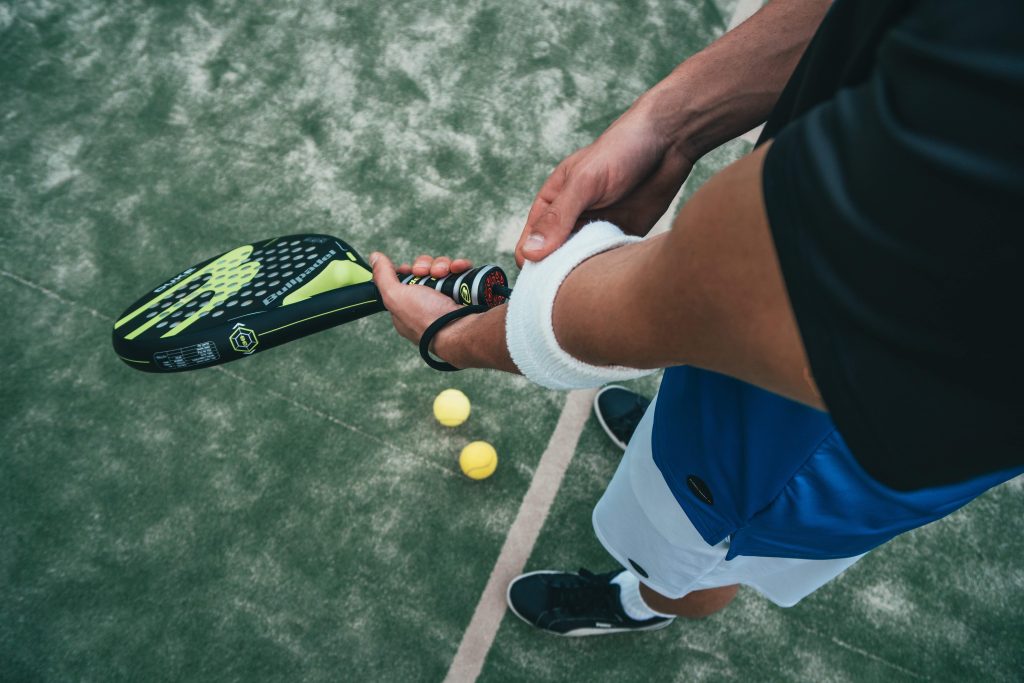Pad your body for Padel!
Posted on September 28th, 2022 by Andries Lodder
Padel is the latest up and coming for sport. I’ts great for fitness, co-ordination and overall fun! But jumping into any sport without practice and warming up brings its challenges. This article will share the most common movements, shots and injuries, followed by some exercises to help pad your body.
According to a study in the Journal of Human Sport & Exercise (2013), these are the most common movements throughout a match of Padel:
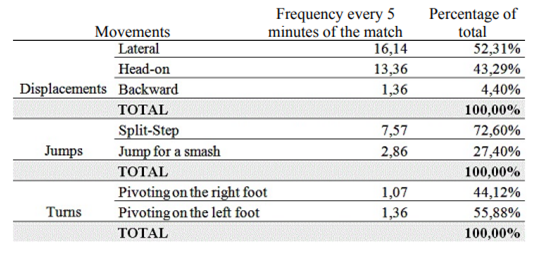
Conditioning Exercises
A few exercises to help you prepare your body for a game of Padel include:
Side Steps/Crab Walks: Place both feet hips width apart, with your feet facing forwards. Bend your knees, and push your backside out. Slowly step sideways, leading with your outer leg.
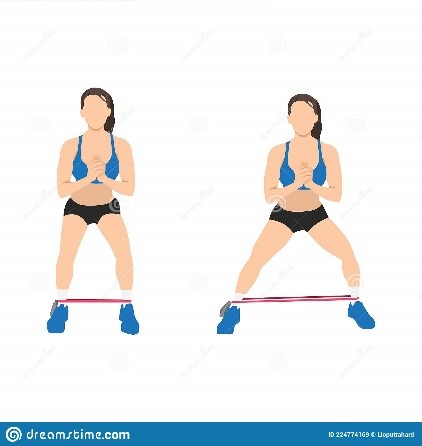
Lateral Hops: Place 5-10 small items, like a cone, approximately 30cm apart. Stand on one leg on the side of your cones. Hop sideways, landing gently with a bend in your knee. Once reaching the other side, swap your feet and repeat back to the starting point.
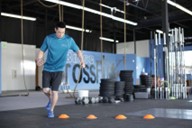
Lunges: Stand with your feet together. Step forward with 1 foot, and bend both your knees. Straighten up completely and repeat the movement.
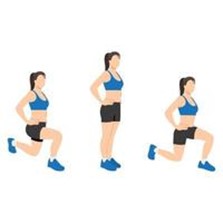
Common Injuries
The most common injuries occurring in Padel are similar to those of tennis and squash. As one begins playing many hours, we develop injuries such as tendonitis, and muscular strains. Tennis Elbow and Rotator Cuff Strains are the most common injuries resulting from Padel. Despite the low weight of the racquets, we exert force into playing our shots. This can come as shock to one’s body if they are not used to such movements.
Tennis elbow is an irritation of the tissue connecting the forearm muscle to the elbow. It is experienced on the outside of the arm, between the elbow and forearm. An exercise to prevent, and treat tennis elbow is wrist curls. Holding a weight or similar item, bend the wrists upwards and downwards, whilst keeping the rest of your arm still.
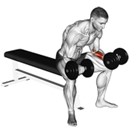
Rotator Cuff injuries occur to any, or multiple, rotator cuff muscles. These are the muscles of your shoulder girdle, and are primarily responsible for internal and external rotation of one’s arm, as well as stabilizing one’s shoulder girdle.
Exercises for Rotator Cuff Strain:
Shoulder External Rotation: Stand up-right, with your shoulders back and down. Tuck your elbows into your sides, with your arms bent at 90 degrees. Holding a resistance band, or weight, rotate your arms externally (outwards), whilst keeping your elbows tucked in.
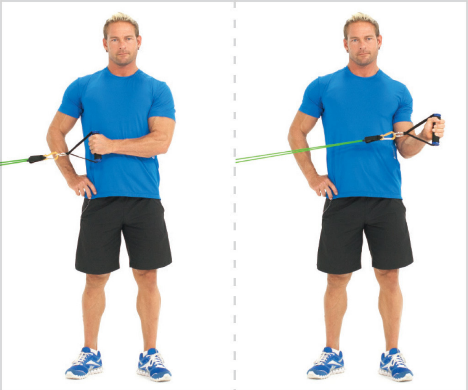
Horizontal Abduction: Stand upright, with your shoulders back and down. Raise your arms to your chest height, in front of your body. Holding a resistance band, or weights, open your arms at your chest level, squeezing your shoulder blades together. Keep your arms straight throughout the movement.
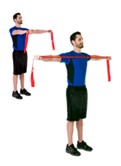
Wall Slides: Place a resistance band around your wrists. Standing close to a wall, place your wrists, forearms and elbows on the wall at your shoulder’s width. Keep your shoulder blades set back and down. Without raising your shoulders, slide your arms up and down the wall. Keep your wrists and elbows against the wall throughout the movement.
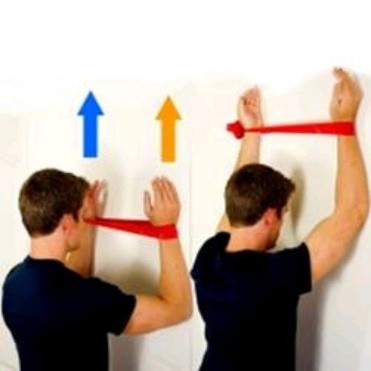
Tweet
